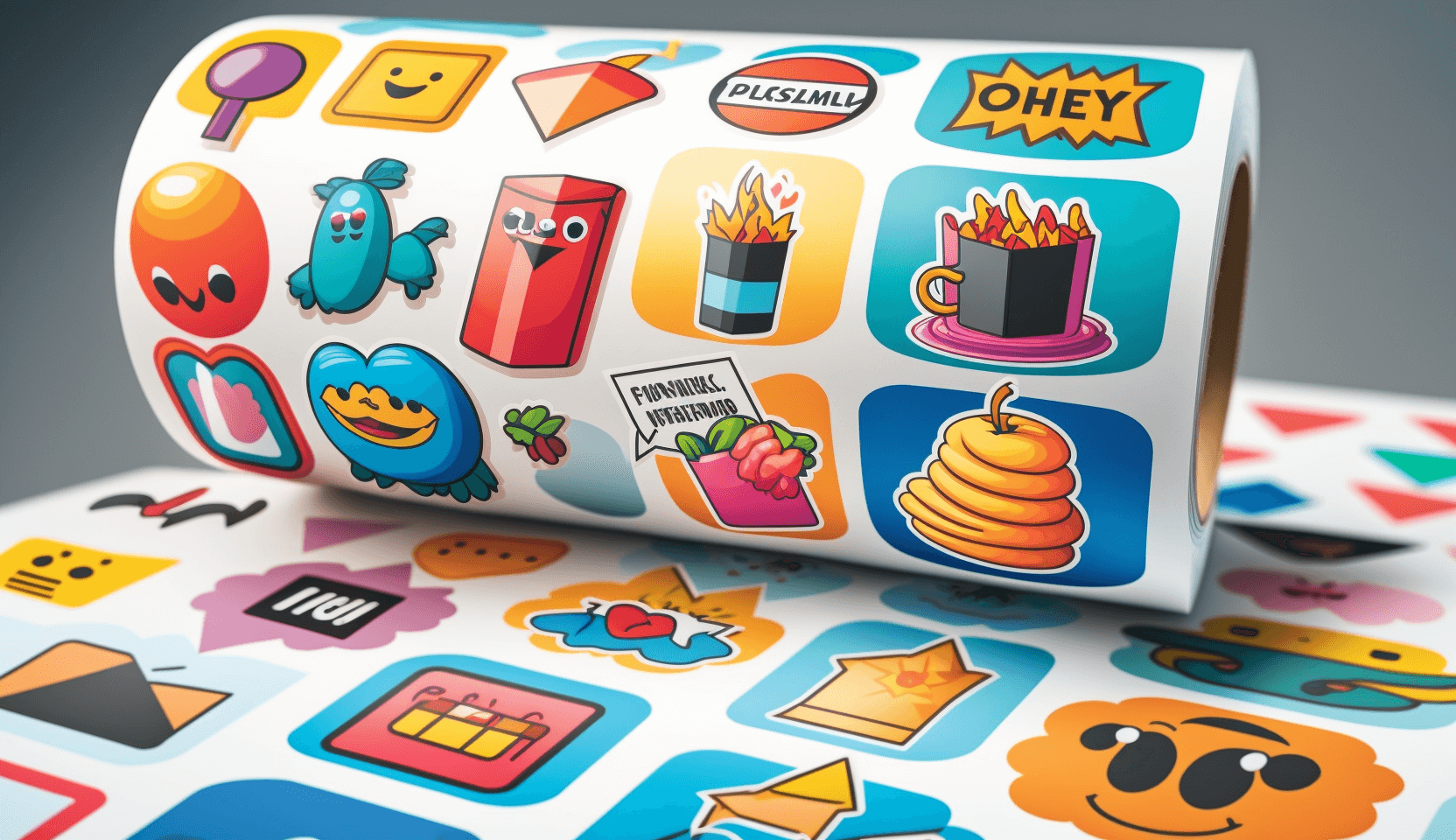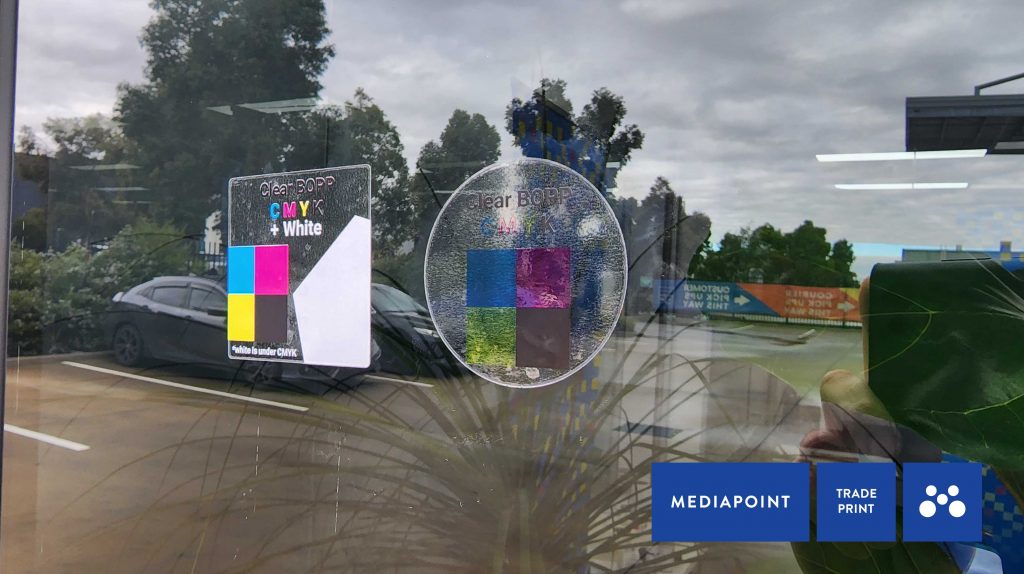7 Considerations of Quality Label Printing

We discuss these key considerations for delivering quality label printing services to our clients (and their customers).
Labels play a crucial role in the world of packaging, branding, and product identification. As a result, customers generally demand high quality from any label printing jobs. For printers, this means paying close attention to several important factors that can influence the quality of the final product.
So let’s take a look a the top elements that guide our label and sticker printing offering.
The Foundation of Quality Label Printing: Material Selection
The choice of label material has a significant impact on the overall quality and performance of the final product. Printers must carefully consider factors such as the intended application, environmental conditions, and required durability when selecting the right material.
Common materials include paper, film, foil, and various synthetic substrates, like BOPP. Each has unique properties and advantages that cater to specific labelling needs.
Label Adhesive Choice
Choosing the appropriate adhesive is critical to a label’s performance and longevity. Printers need to consider the surface on which the label will be applied and any environmental factors that may affect the adhesive’s performance, such as temperature, humidity, and exposure to chemicals.
Permanent, removable, and repositionable adhesives are some common options, each designed to meet different application requirements.
Printing Method: Balancing Quality, Speed, and Cost
Selecting the right printing method is crucial for achieving high-quality labels. Printers must evaluate the specific needs of a project, such as required print resolution, color accuracy, and print speed, to determine the most suitable method.
Flexographic, digital, offset, and screen printing are some of the popular methods, each with its own set of advantages and limitations that cater to various label printing scenarios.
Achieving Consistent Colour In Your Labels
Colour management plays a vital role in maintaining consistency and accuracy in label printing. Printers should calibrate and profile their printing equipment and use standardised colour systems (e.g., Pantone, CMYK) to ensure accurate colour matching.
Effective colour management is essential to maintain brand consistency and produce visually appealing labels that meet client expectations. We pride ourselves on offering consistent and true-to-design colour matching thanks to our use of quality equipment. Plus, our online portal for ordering and proofing enables you to understand the output upfront.
What Finishing Techniques Do Your Labels Require?
Finishing techniques can significantly improve a label’s appearance and functionality. Printers should explore various options such as varnishes, laminates, and specialty coatings to enhance durability, protect labels from environmental factors, or add visual effects (e.g., gloss, matte, holographic). These finishing touches can elevate a label’s aesthetic appeal and provide added value for clients.
For instance, utilising white ink under the CMYK layer can really make colours pop. Check out this example from our range:

Quality Label Printing Requires Precise Cutting
Precision matters for creating labels with clean, consistent edges and the desired shape and size. Printers must ensure precise cutting to avoid issues such as misalignment or excess waste material. The converting process, which includes steps like slitting, rewinding, and sheeting, should also be carefully managed to maintain label quality and functionality.
Mediapoint is one of only a few printers that can offer labels laser-cut from the backside. This leads to the most precise finish on labels / stickers. No excess material or white edges to ruin the work you’ve put into design.
Quality Control Processes
To maintain the highest quality in label printing, printers should implement a comprehensive quality control system. This may involve prepress checks, regular equipment maintenance, and thorough inspection of the final product. By identifying and addressing potential issues early in the process, printers can minimise waste, reduce production costs, and ensure customer satisfaction.
Of course, when you outsource printing, production QC is managed by your trade printer. Your main responsibility as a print reseller, or designer if you’re completing in-house, is to proof artwork ahead of submission. As a Lean organisation ourselves, we also recommend reviewing your design processes regularly to eliminate wasted time, effort and avoidable mistakes.
By focusing on these key considerations you can deliver quality labels to your clients. At Mediapoint we’ve taken all of these into account to determine our offerings. This means you can have peace-of-mind that labels and stickers printer with us will be durable, visually appealing, and functional.
We have a commitment to quality, and attention to detail, that will not only enhance customer satisfaction but increase your reputation too.
If you’re a print reseller and yet to register for a Trade Account with Mediapoint – you can sign up here. Access 24/7 live pricing, industry-leading turnaround and a wide range of products.


